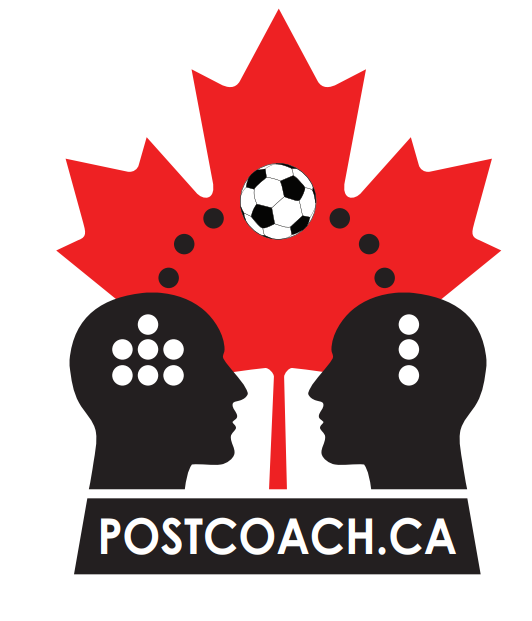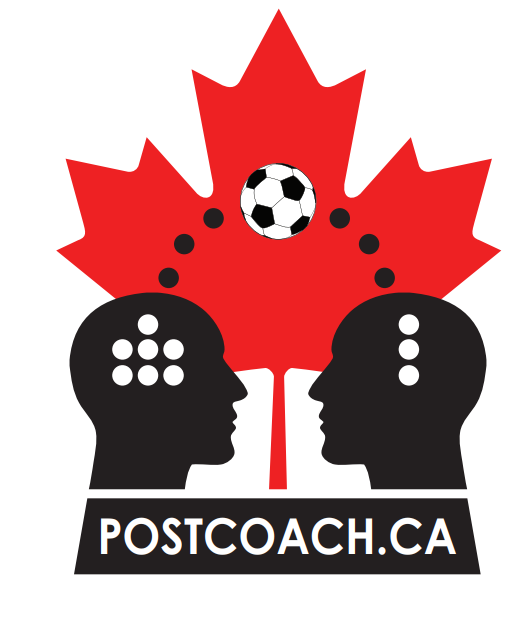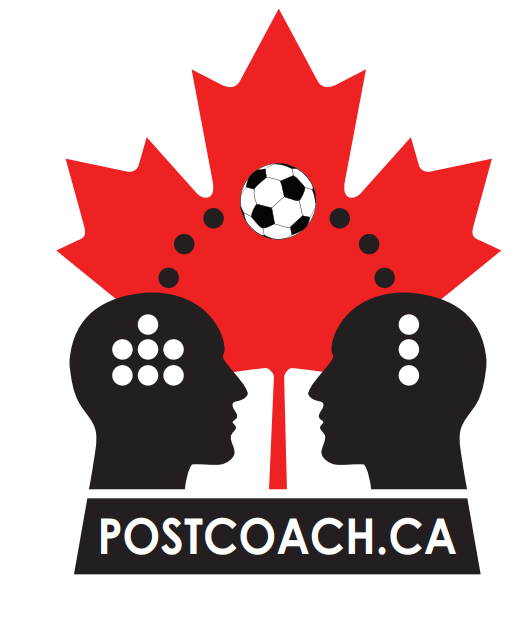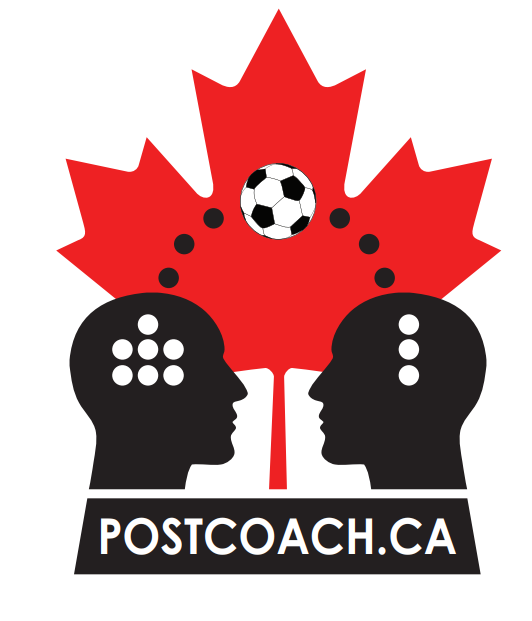Differences between Sacchi’s, Klopp’s and Guardiola’s Counterpressing Concepts
This piece of the following article by Rene Maric for Perarnau Magazine from October 16, 2015 outlines the concepts of “counter pressing”, its history and development over the past few decades. For the full article, please go to https://www.martiperarnau.com/differences-between-sacchis-klopps-and-guardiolas-counterpressing-concepts/.
Counter- or Gegenpressing is, in its core, a very simple and understandable concept. It just means that the team immediately after losing the ball tries to press against the ball to prevent an oppositional counter and – instead of transition into the ordinary defensive organization, whatever it may be – being able to immediately get into possession again.
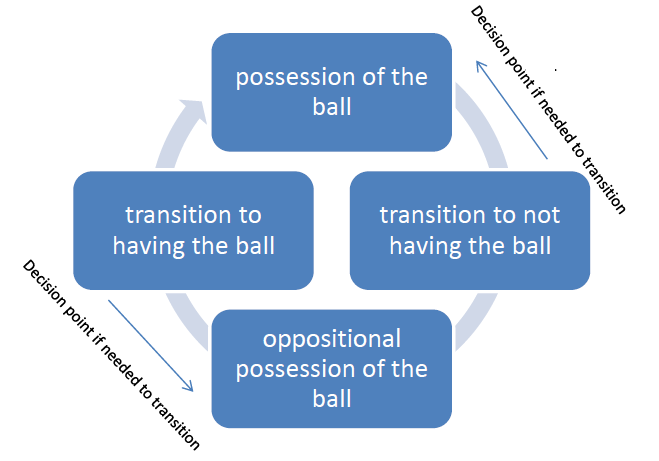
For exact details on counterpressing, you can read up on it in this article the basic aspects of it, here you can find variations and in this German article I have tried to cover everything I could think of within 7500 words.
In the history of football “Counterpressing” is not a really new concept. The big Dutch teams – Ernst Happel’s Feyenoord, Rinus Michels’ Ajax Amsterdam and the Dutch National team with Johan Cruijff as captain – already used it; other teams before them also intuitively pressed immediately when losing the ball.
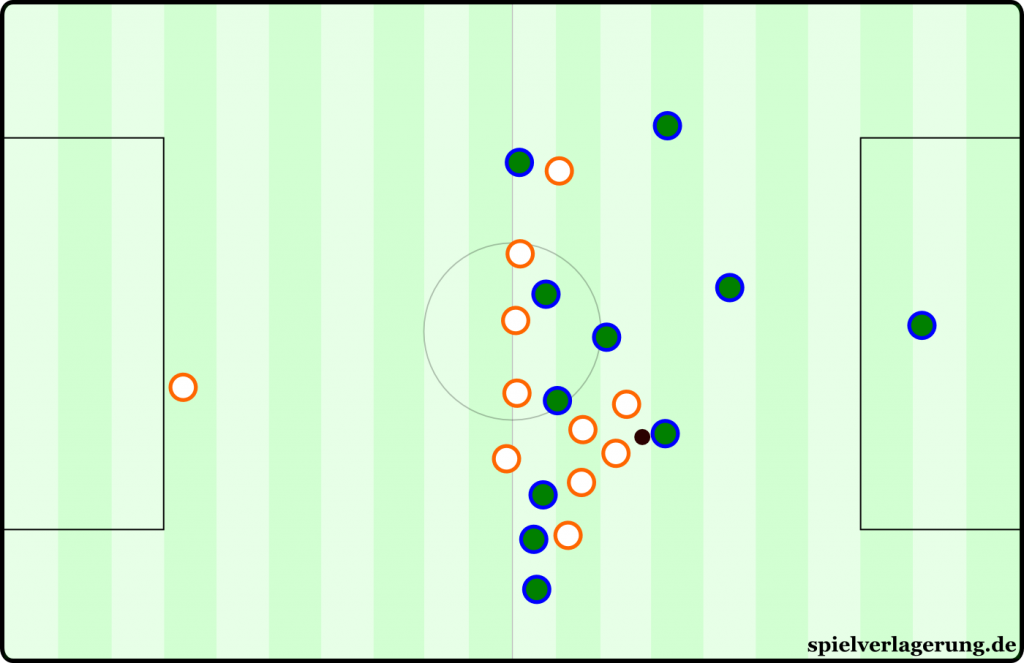
The Busby Babes for instance were never lauded as a great tactical side, but they already displayed short passing football with mostly zonal marking and immediate pressing when losing the ball to prevent the opponent from countering.
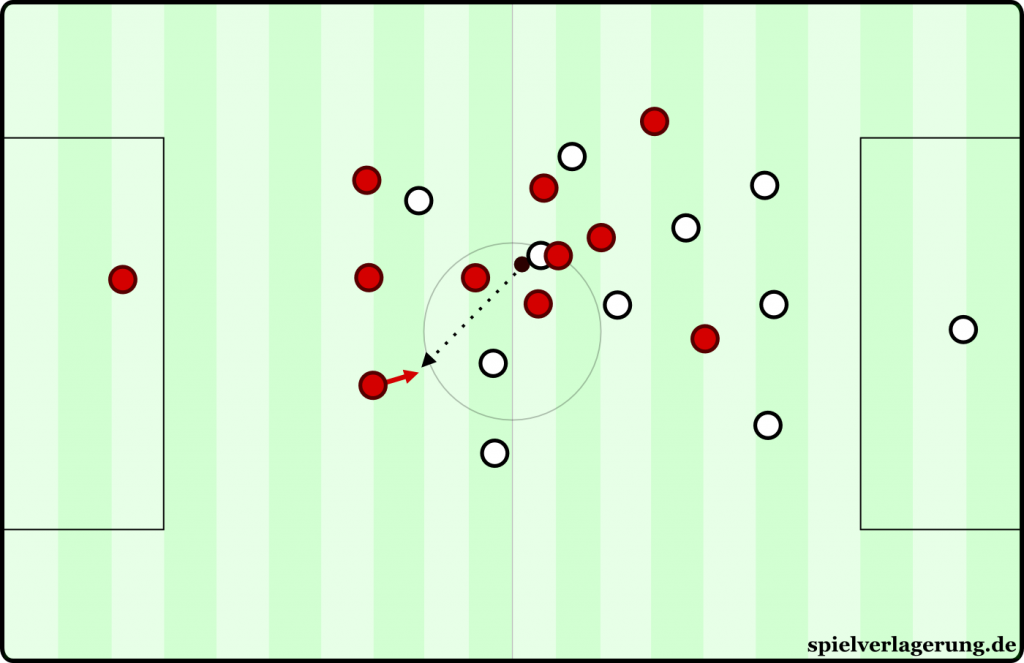
Still, a few teams often are called stand-outs in the application of this specific strategy. Some even see Jürgen Klopp’s BVB as the modern team most focused (and perhaps best) in “Gegenpressing” which is one of the fundamentals of the success and philosophy of his great BVB side. Another coach often connected to this style is obviously Josep Guardiola, whose teams would always try to get the ball back as fast as possible; no matter if Barcelona or Bayern. And the forefather of both in terms of defensive work and counterpress is Arrigo Sacchi, who won back to back European cups 25 years ago.
But obviously there are clear differences between all of these teams in their application of counterpressing – a strategy that has become standard on top level nowadays.
ARRIGO SACCHI: CRUDE, INCONSISTENT BUT CONTEXTUALLY INNOVATIVE
It’s important to remember the context in which Arrigo Sacchi’s AC Milan became the best team in the world. The football from the 50’s, 60’s and 70’s was clearly different from the 80’s and 90’s. The focus on higher athleticism and more speed did already start in the 60’s and 70’s, visible in the great Dutch teams, but in the 80’s it often seemed as it was the primary focus of many teams – and not only that. Athleticism benefits offensive and defensive actions; but in the 80’s – especially in the Serie A – the focus was obviously on the defense.
In 1978/79 and 1979/80 goals per game already dropped to under 1.9 per game. Most of the seasons in the 80’s stayed between 1.9 and 2.1 goals per game with only 1983/84 and 1989/90 being above this limit. For comparison’s sake: The last two seasons were at 2.7 or above!
In this environment Sacchi started to change things. The at times quite rigid man marking, extreme small numbers of attacking players and dense, deep defense were changed to a 4-4-2 zonal marking structure with aggressive press, an offside trap and more competent possession play. And one aspect of this play was the use of counterpressing when losing the ball.
Back then most teams immediately dropped back after losing the ball; often the strikers just stayed passive and upfront, the others trying to drop in front of the defenders and the defenders not really advancing anyways. Milan at least tried to use counterpressing and stay high although there are clear differences to Pep’s counterpress.
Sacchi’s Milan did not press all the time highly nor did they always counterpress. It very much depended on the match plan. In the legendary European games versus Real for instance they did use counterpressing because the opponent was overmatched, used man marking (thus being forced into a bad structure when winning the ball) and was vulnerable to being pressed.
In other games – for instance versus Bayern in the same years – Milan would only counterpress sometimes and often drop deeper immediately to not concede space to the opponent. Because of this, Milan just wasn’t as consistent, fast and collective in their counterpress as their modern counterparts would be – even when they apply it for a game. The players around the ball would sometimes counterpress with the other players dropping deeper again or wait.
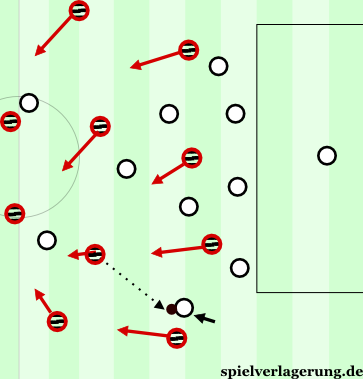
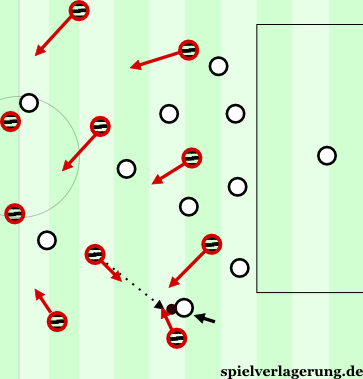
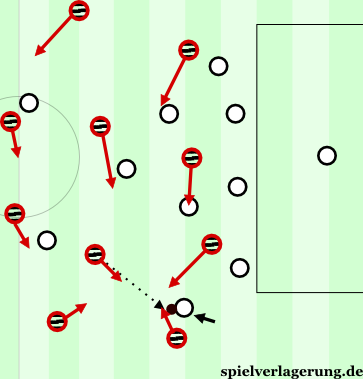
Still, it was existent – but not on the level of Klopp and Guardiola nowadays.
For the rest of the article, please go to https://www.martiperarnau.com/differences-between-sacchis-klopps-and-guardiolas-counterpressing-concepts/ by Rene Maric.
About Perarnau Magazine and The Tactical Room:
Perarnau Magazine is much more than a football blog: it is the online meeting point for sports analysis with added value, an in-depth look that does not neglect immediacy. Directed by journalist Martí Perarnau, the Magazine concentrates opinions ranging from competitive analysis to specific topics such as soccer tactics.
The beautiful sport focuses much of the content and is a particularly useful publication for a football coach or a simple fan who wants to discover everything from facets of their own sport to stories related to sports in general. The ball and the news that surround it focus the bulk of the content, but it is not limited to football. The differential fact of the Magazine lies in the variety: we focus on the main Olympic sports and their competitions, on health applied to sport and on an exhaustive diagnosis of the professional market.
Perarnau Magazine wants to lead a relaxed sports journalism on the Internet that makes its way with high-beam lights before cruise lights.
